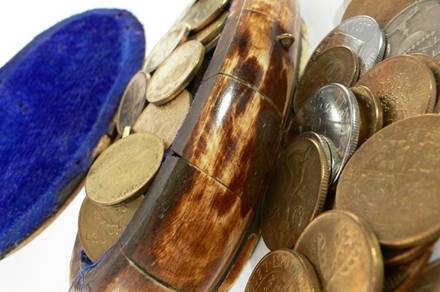Non-convertible currencies versus convertible currencies
 Non-convertible currency mainly applies to developing countries, whose exchange rates are fixed (usually against the dollar), rather than floating, and whose currencies are therefore not freely convertible through the financial markets.
Non-convertible currency mainly applies to developing countries, whose exchange rates are fixed (usually against the dollar), rather than floating, and whose currencies are therefore not freely convertible through the financial markets.
As the fixed rate is usually one that would be greater than the free market equilibrium rate, the exchange rates have tended to be overvalued. This may act as a barrier to development as it makes exports more expensive, causing yet another problem for exporters of primary commodities, while at the same time making imports cheaper.
Usually a pre-condition of the IMF when it gives loans to heavily indebted developing countries is that they devalue their currencies and allow them to float.
You might want to review Section 3.2 to consider the costs and benefits of fixed and floating exchange rate regimes and the impact these have on a country's balance of payments situation.
There is little doubt that such projects will make any economy 'leaner and fitter', but in the short to medium term, the cost in human terms can be considerable. In fact, the 'medicine' has often almost killed the 'patient'! However, it's difficult to gain loans from both the IBRD and IMF without agreeing to the drastic measures outlined above.
There is considerable debate around the policies pursued in recent years by the IMF and the World Bank, particularly in relation to their SAPs for developing countries.

There are several useful web sites and articles that provide a flavour of this debate. A selection of these are included below and are worth reading:
- Poisoned chalice - George Monbiot (The Guardian 19th August 2003)
- Logic that leads to a plundered world - Herman Daly (The Guardian 1st September 2003)
- IMF's four steps to damnation - Gregory Palast (The Observer 29th April 2001)
- What has the IMF done for you lately? - Christopher Lord (Freezerbox.com 9th May 2000)
- Seven arguments for reforming the world economy - Kevin Danaher (Globalexchange.org 9th June 2003)
- IMF's 'one size' fits few - Nick Mathiason (Guardian 28th April 2002)
More general analysis on the role of the IMF and the World Bank can be found on two useful web sites:
